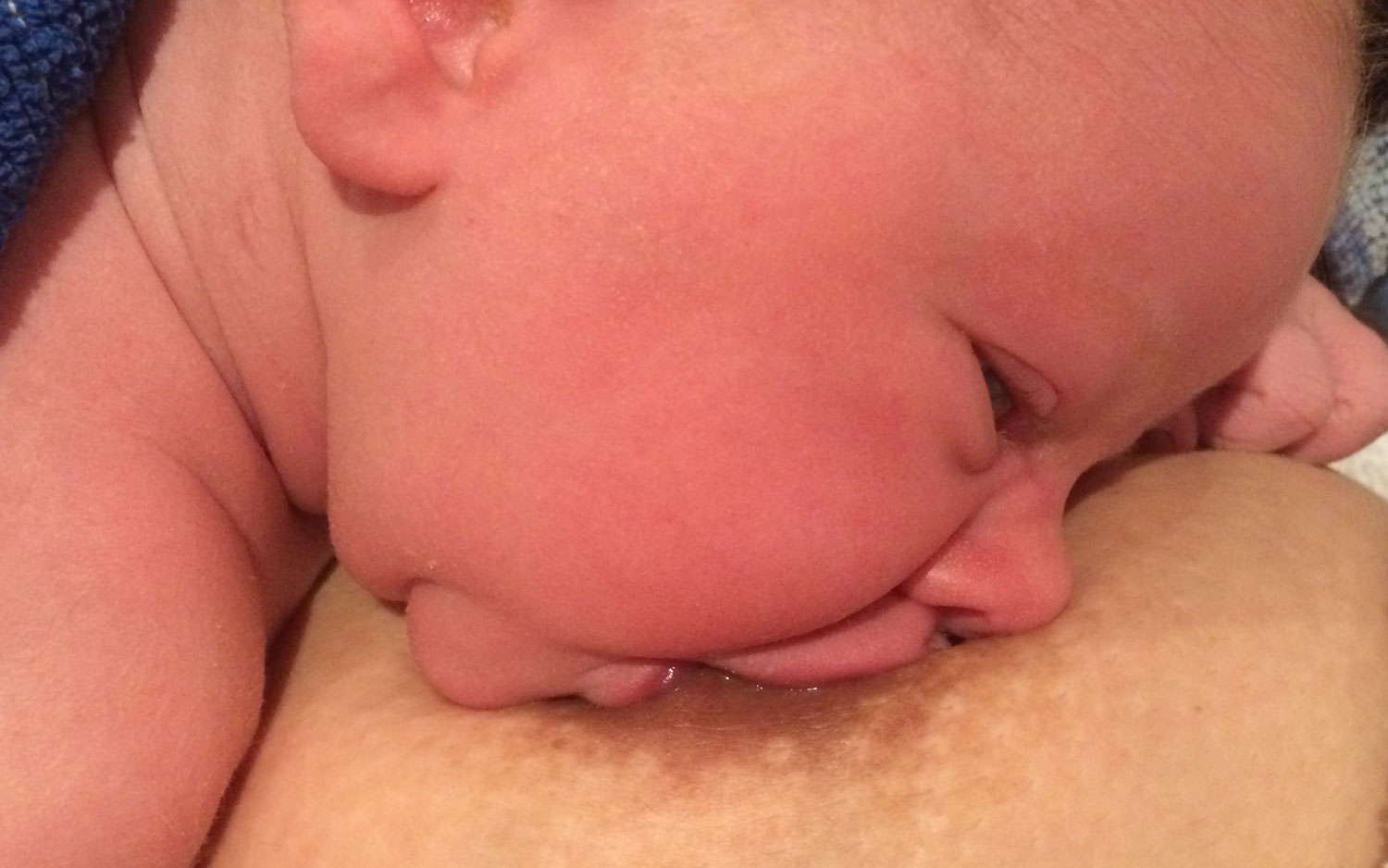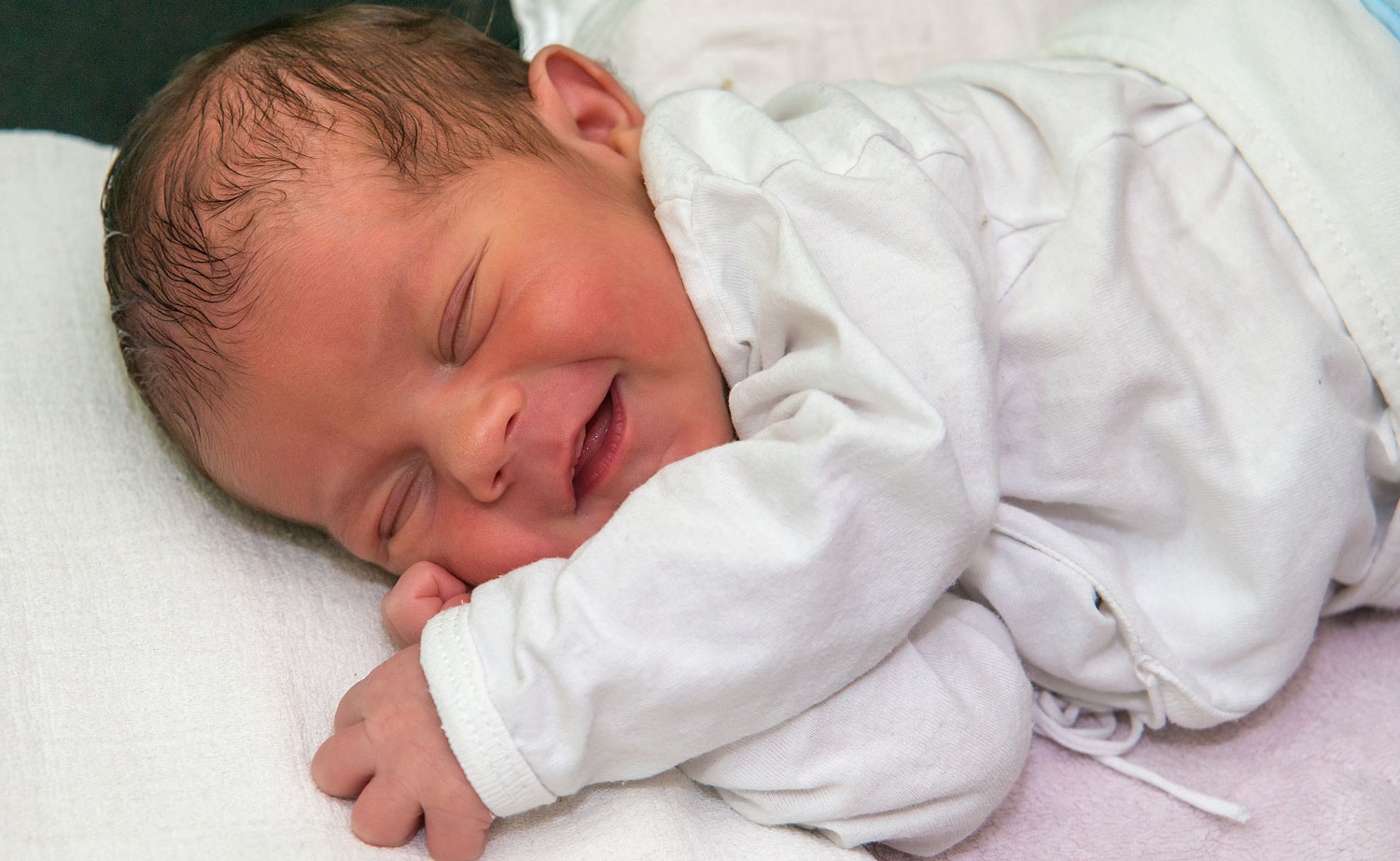Simple, Healthy Habits to Avoid Breastfeeding Problems
It’s how babies thrive, so you’d think breastfeeding would be effortless. And most of the time, it is. But sometimes there are bumpy patches. With good habits, you can make your breastfeeding journey smoother and avoid breastfeeding problems.
Make sure baby is correctly attached
First things first – proper attachment can prevent a host of breastfeeding problems. Nipple pain mostly is caused by incorrect attachment. Baby’s correct attachment also helps you avoid overly full breasts, blocked ducts and mastitis.
A good latch means baby is taking the whole nipple plus a good mouthful of the areola into her mouth. At the same time, her chin pushes into your breast, and her nose is just clear of it, with her lips turning outwards. Ask a midwife, child health nurse or lactation consultant to check how well the baby is attaching if you’re not sure.

Drain the breast often
It’s Murphy’s Law – on the night bub decides to have a nice long sleep, you’re wide awake with full boobs ready to explode. Try to avoid unusually long gaps between feeding (or pumping). Frequent emptying helps maintain your supply and prevent blocked ducts and mastitis. Ducts become blocked when the milk doesn’t drain properly. Then, a lump forms and it can be quite tender, inflamed and sore.
If your breasts are becoming engorged (very full and uncomfortable), you may need to wake the baby. Overall, around 8 to 12 feeds a day (or more) will train your breasts to make a good supply of milk in the first six weeks. When you do feed, try to let bub take his or her time. In other words, don’t cut short a feed or limit it to a certain number of minutes. In general, you can’t overfeed a breastfed baby.
Look for baby’s feeding cues
A very hungry baby can be so enthusiastic that they don’t latch properly, or they cause nipple damage. Look out for the hunger signs baby gives you well before they start crying. The signs could be:
- opening and closing the mouth
- sucking on hands or blanket
- rooting (turning head with an open mouth)
- wriggling around.
If your little one does end becoming upset, calm her before trying to breastfeed.

Try different feeding positions to avoid breastfeeding problems
As well as feeding frequently, mixing up different feeding positions can also help ensure the whole breast drains. Also, you might find a position that is a lot more comfortable for you and bub. For example, as you and your little one become more confident, you can experiment with these positions:
- cradle – the most common breastfeeding hold, your elbow supports the head
- cross-cradle – holding the baby with the arm opposite to the breast, hand supports the head
- side-lying – lying down facing each other (great for getting extra rest)
- football hold – tuck the baby’s body under your arm with the hand supporting the head.

Whichever positions you use, be sure to empty one breast as much as possible before moving on to the other. This may mean breastfeeding only on one breast per feed in the early days. Make sure you start on one breast and the next feed start on the other breast. Alternating the breast you start on will help ensure even stimulation of your breasts.
Wear comfortable bras and clothing
Tight bras or clothing can restrict the movement of milk. Even baby slings or bag straps that put pressure in the wrong place for too long can create problems like blocked ducts. Your bras need room for your breasts to expand, and to hold nursing pads. Clothes that let you easily access the milk supply when you’re out and about is helpful too.
Keep hands, clothing and towels clean
Nipple thrush can cause intense burning or shooting pain. A moist, warm environment – like a damp bra – is the perfect breeding ground for thrush and bacteria. Thrush can crop up after taking antibiotics, or if you or someone in the family has thrush.
If you want to avoid the growth of fungi (like thrush) and bacteria, it’s best to change your breast pads often. Then, wash them along with your towels and bras in hot soapy water and hang them up to dry in the sunshine. You can also choose to let your breasts hang out in the fresh air for a few minutes after feeding.
To further keep germs at bay, remember to keep up with the handwashing. Avoiding breastfeeding problems is one more good reason to lather up. When a feed follows a nappy change, for example, it’s easy for germs to make their way from baby’s bottom to mum’s breast. Germs on your hands can potentially create mastitis. Mastitis affects roughly 1 in 5 breastfeeding mothers in the first six months after birth and can make you feel very unwell.
Prepare by increasing your knowledge
Breastfeeding might be natural, but it is still a learned skill. Nowadays, few of us get the chance to see many breastfeeding babies up close, like our ancestors did, before we feed our own.
Being proactive and learning a few things before you get “hands-on” after birth can help prevent problems. In an extensive study of more than 1,400 mothers, women who rated themselves as knowing less about breastfeeding were more likely to have breastfeeding problems.
Start by browsing our breastfeeding info, and look into attending a class. For instance, your midwifery practice or hospital probably runs antenatal classes, as does the Australian Breastfeeding Association.
Get help early and often to avoid breastfeeding problems
If your breasts or nipples are sore or if your worried baby doesn’t appear to be getting enough milk, get advice. There are lots of sources of support. Your midwife, the Australian Breastfeeding Association, the community health centre and sometimes your GP can all help you with personalised breastfeeding advice. However, the absolute gurus of infant feeding are lactation consultants. Find them through your hospital or by private appointment.
Like any skill, breastfeeding can take a few weeks to learn. With the support and good habits from the start, preventing breastfeeding problems is straightforward. This will leave you more time to enjoy your rapidly growing bub.
Reference List
PBB aims to keep you informed with the latest research-based information. Check out our reference list used in the creation of this article highlighting ways to avoid breastfeeding problems.
Published 23rd August 2020
Further Reading
Share this Post
Recent Posts
Recent Comments
- Jane Palmer on True Knot of the Umbilical Cord
- Lynn Burgen on True Knot of the Umbilical Cord
- Parth (Breast Pump ultimate guide) on How to choose the best breast pump for you
- Laura-Jane Marsden on Early ovulation on the 9th day of your cycle. Is it a problem?
- Phina Grace on Early ovulation on the 9th day of your cycle. Is it a problem?
Archives
Categories
PBB’s Social Media Pages
The post Simple, Healthy Habits to Avoid Breastfeeding Problems appeared first on Pregnancy Birth and Beyond.
Read Original Article: Simple, Healthy Habits to Avoid Breastfeeding Problems »




